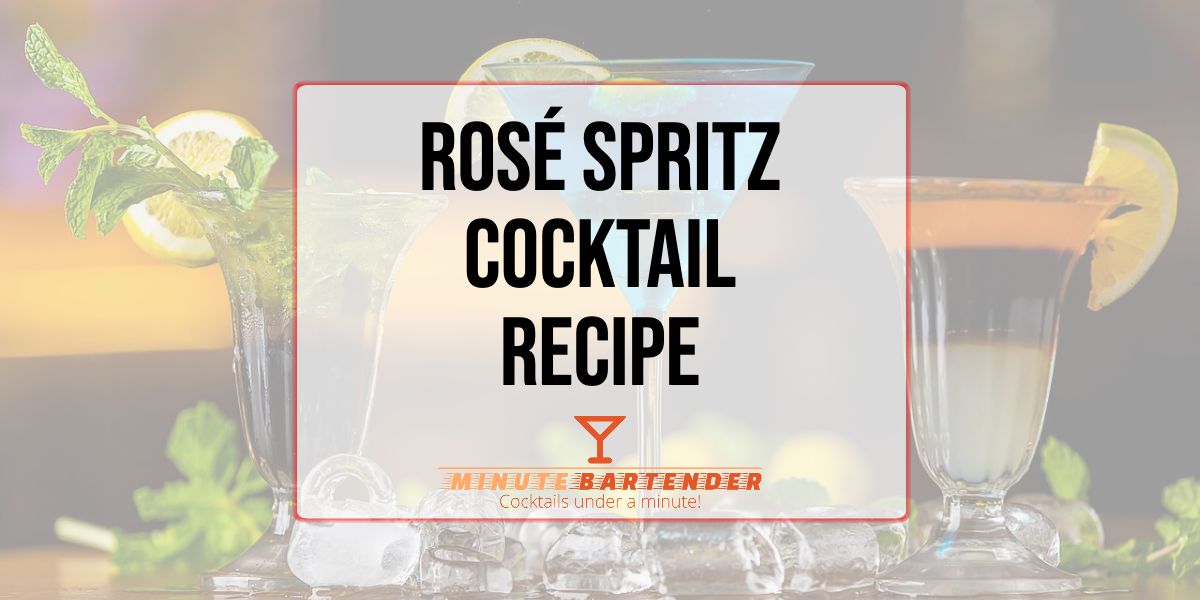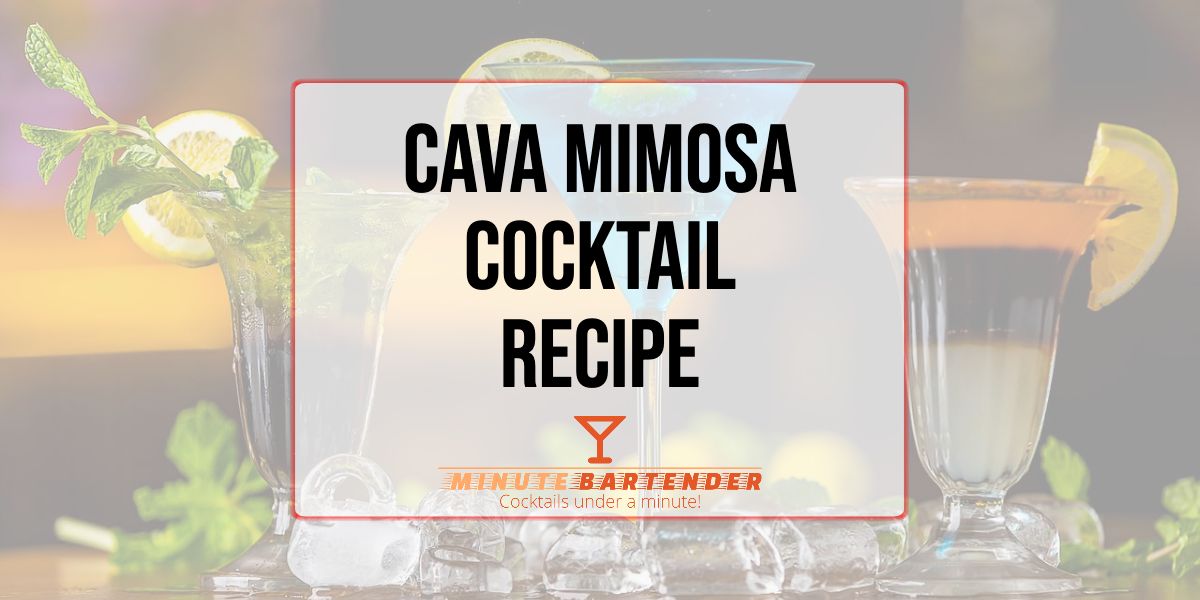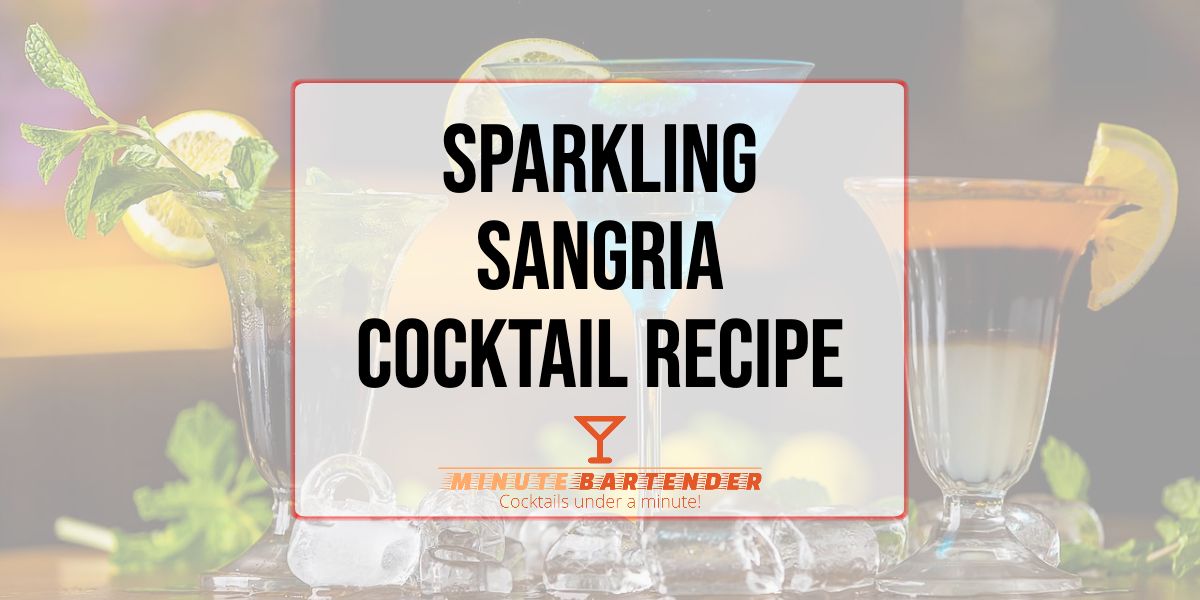The Byrrh cocktail brings together the rich heritage of French aperitif culture with modern mixology artistry. This wine-based drink showcases Byrrh Grand Quinquina, a fortified aperitif that has captivated European palates for over 150 years.
The classic Byrrh cocktail balances the fruity sweetness of this aromatized wine with complementary spirits, creating a sophisticated drink perfect for any occasion. Whether you’re seeking an elegant aperitif or exploring vintage cocktail recipes, the Byrrh cocktail delivers complexity and character in every sip.
Byrrh Cocktail Ingredients You’ll Need
The traditional Byrrh cocktail requires just a few quality ingredients:
Core Ingredients:
- 1 oz Byrrh Grand Quinquina
- 1 oz Canadian whisky or rye whiskey
- 1 oz dry French vermouth
- 2 dashes orange bitters
- Lemon twist for garnish
Optional Enhancement:
- 1/4 teaspoon maple syrup (replaces traditional sugar syrup)
- Fresh ice cubes
The beauty of this recipe lies in its simplicity. Each ingredient plays a specific role in creating the drink’s balanced flavor profile.
Step-by-Step Byrrh Cocktail Mixing Guide
Creating the perfect Byrrh cocktail takes just minutes:
Preparation Steps:
- Chill your glassware – Place a coupe or cocktail glass in the freezer for 5 minutes
- Combine ingredients – Add Byrrh, whiskey, vermouth, and bitters to a mixing glass
- Add ice – Fill the mixing glass with fresh ice cubes
- Stir properly – Stir the mixture for 15-20 seconds until well-chilled
- Strain and serve – Double strain into your chilled glass using a fine mesh strainer
- Garnish with style – Express lemon oils over the drink and drop in the twist
Pro Tips:
- Never shake this cocktail – stirring preserves the wine’s delicate character
- The proper dilution from stirring is essential for balance
- Use the freshest ice possible for clean flavor
Alternative Ingredients and Byrrh Cocktail Substitutes
Can’t find specific ingredients? Here are tested alternatives:
Byrrh Substitutes:
- Dubonnet Rouge (closest match)
- Cocchi Americano mixed with port (1:1 ratio)
- Sweet red vermouth plus a dash of quinine tonic
Whiskey Alternatives:
- Irish whiskey works beautifully
- Bourbon adds richness but use sparingly
- Cognac creates an elegant variation
Vermouth Options:
- Dolin Dry offers classic French character
- Noilly Prat provides herbal complexity
- White vermouth works in a pinch
Bitters Variations:
- Angostura bitters for spice notes
- Peach bitters for fruit emphasis
- Chocolate bitters for depth
What Makes the Byrrh Cocktail Special
The Byrrh cocktail stands out among classic cocktails for several reasons.
This drink showcases wine-based spirits in a way few cocktails achieve. The Byrrh provides fruity backbone while the whiskey adds warmth and complexity. The interplay between sweet and bitter elements creates a drinking experience that evolves with each sip.
You’ll taste layers of flavor that unfold gradually. Initial fruit notes give way to herbal complexity, while the quinine’s gentle bitterness provides a clean, refreshing finish. The cocktail feels both familiar and exotic.
The drink works equally well as an aperitif or digestif. Its moderate alcohol content makes it perfect for afternoon sipping or elegant dinner parties.
Byrrh Cocktail History and Origins
The Byrrh cocktail’s story begins in 1866 when brothers Simon and Pallade Violet created Byrrh in Thuir, France. Originally marketed as a health tonic containing quinine, Byrrh became one of Europe’s most popular aperitifs.
The cocktail recipe itself comes from Frank Meier’s “The Artistry of Mixing Drinks” (1936), where Meier served as head bartender at the Ritz Bar in Paris for two decades. His creation showcased Byrrh’s versatility beyond solo sipping.
Harry Craddock also featured a Byrrh cocktail variation in his 1930 “The Savoy Cocktail Book”, cementing the drink’s place in cocktail history.
The cocktail gained popularity during the era when French aperitifs dominated European drinking culture. After Prohibition pushed American tastes toward stronger spirits, wine-based cocktails like the Byrrh temporarily faded from menus.
Today’s craft cocktail renaissance has rediscovered these forgotten gems, bringing the Byrrh cocktail back to discerning drinkers worldwide.
Byrrh Cocktail Taste Profile and Flavor Notes
The Byrrh cocktail delivers a complex flavor journey that begins before you even take your first sip.
Aroma: Your nose detects red wine richness, citrus oils from the garnish, and subtle spice notes from the whiskey. The Byrrh contributes coffee, orange, and spice aromas that create anticipation.
Initial Taste: The first sip brings fruity sweetness from the Byrrh, balanced immediately by the whiskey’s warmth. You’ll notice berry and grape flavors reminiscent of port wine.
Mid-Palate: Herbal complexity emerges with hints of liquorice, burnt coffee, and bitter chocolate. The vermouth adds botanical depth while the bitters provide spice notes.
Finish: Quinine bitterness builds through the fruity finish, balancing the richness and preventing the cocktail from becoming cloying. The finish is clean and refreshing, inviting another sip.
The overall impression is sophisticated yet approachable – perfect for both cocktail newcomers and seasoned drinkers.
Serving Suggestions for Your Byrrh Cocktail
Presentation elevates the Byrrh cocktail from good to memorable.
Glassware Choices:
- Coupe glass (traditional and elegant)
- Nick and Nora glass (vintage charm)
- Chilled martini glass (classic alternative)
Garnish Options:
- Lemon twist (classic choice)
- Orange peel (enhances fruit notes)
- Cherry for color and sweetness
Serving Temperature: Serve immediately after mixing while properly chilled. The cocktail should feel cold to the touch but not frozen.
Timing Considerations: The Byrrh cocktail works best as an aperitif served 30 minutes before dinner. The moderate alcohol content and bitter elements stimulate appetite naturally.
For evening service, pair with light conversation and elegant atmospheres. The cocktail’s complexity rewards slow, thoughtful sipping.
Perfect Appetizers to Pair with Byrrh Cocktails
The Byrrh cocktail’s wine base and bitter elements make it an excellent food pairing partner.
Cheese Selections: Byrrh pairs beautifully with blue cheese, creating contrast between creamy richness and bitter complexity. Aged cheddar and goat cheese also complement the drink’s fruity notes.
Charcuterie Options: Prosciutto, salami, and pâté work wonderfully. The cocktail’s acidity cuts through rich meats while its fruit flavors enhance cured meat complexity.
Elegant Canapés:
- Smoked salmon on toast points
- Olive tapenade crostini
- Mushroom and herb tartlets
- Roasted red pepper bruschetta
Nuts and Olives: Marcona almonds, mixed olives, and toasted walnuts provide textural contrast while echoing the cocktail’s earthy undertones.
The key is balancing rich, savory flavors with the cocktail’s sweet-bitter profile.
Byrrh Cocktail Alcohol Content (ABV)
Understanding the Byrrh cocktail’s alcohol strength helps with responsible serving and enjoyment.
Component ABV Breakdown:
- Byrrh Grand Quinquina: 18% ABV
- Canadian whisky: typically 40% ABV
- Dry vermouth: typically 16-18% ABV
Final Cocktail Strength: The completed Byrrh cocktail contains approximately 25-27% ABV, making it stronger than wine but gentler than spirit-forward cocktails like Manhattans or Old Fashioneds.
Serving Considerations: This moderate strength makes the Byrrh cocktail perfect for aperitif service. You can enjoy one or two without overwhelming your palate or appetite for dinner.
The wine base provides body and flavor without the harsh burn of high-proof spirits, making it accessible to diverse drinking preferences.
Nutritional Information for Byrrh Cocktails
While cocktails aren’t health foods, understanding nutritional content helps with informed consumption.
Approximate Per Serving (3 oz):
- Calories: 180-200
- Carbohydrates: 8-12g (from wine sugars)
- Sugar: 6-8g (natural fruit sugars)
- Fat: 0g
- Protein: 0g
- Sodium: minimal
Nutritional Notes: Byrrh Grand Quinquina contains no added sugar – all sweetness comes from the muscat base wine. This makes it a more natural choice compared to heavily sweetened liqueurs.
The wine base provides antioxidants similar to red wine, though in smaller quantities due to dilution with other ingredients.
Dietary Considerations: The Byrrh cocktail contains sulfites from wine and may not be suitable for those with wine allergies. It’s naturally gluten-free if made with appropriate spirits.
For lower-calorie versions, reduce the whiskey portion slightly or add a splash of soda water to extend the drink without adding sweetness.
The Byrrh cocktail represents the best of French aperitif culture adapted for modern tastes. Its balance of fruit, herbs, and gentle bitterness creates a drinking experience that’s both sophisticated and approachable. Whether you’re discovering wine-based cocktails for the first time or revisiting classic recipes, the Byrrh cocktail deserves a place in your repertoire.











